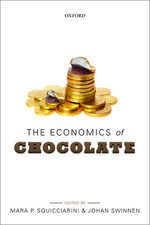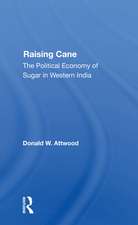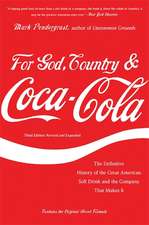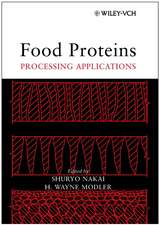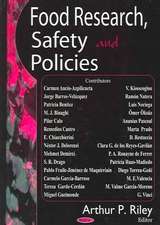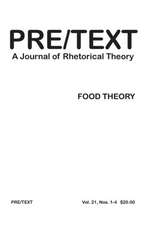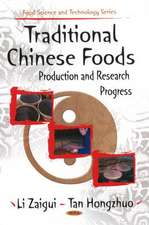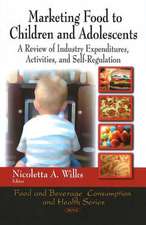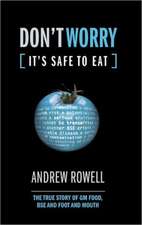Shelf Life 2e
Autor D Manen Limba Engleză Paperback – 7 mai 2015
Shelf life has always been an important facet of industrial food preparation and production, as food and drink are often produced in one area and then distributed to other areas for retailing and consumption. Globalised distribution and supply chains make it imperative that food should survive the transit between producer and consumer as a perishable commodity, food carries a high risk of spoilage. As such, a realistic, workable and reproducible shelf life has to be determined every time a new food product is developed and marketed; shelf life determination of food has become an integral part of food safety, quality assurance, product development, marketing, and consumer behaviour.
Dominic Mans Shelf Life, now in a revised and updated second edition, encompasses the core considerations about shelf life. Section 1 introduces shelf life, describes its relationship to food safety, and provides answers to the frequently asked questions around shelf life determination and testing which are a managers chief concerns. Section 2 covers the science of the various ways in which food deteriorates and spoils, including the physical, chemical and microbiological changes. Section 3 looks at shelf life in practice, using case studies of different products to illustrate how shelf life may be determined in real life settings. This book will be invaluable to both practitioners and students in need of a succinct and comprehensive overview of shelf life concerns and topics.
Preț: 419.83 lei
Preț vechi: 456.34 lei
-8% Nou
Puncte Express: 630
Preț estimativ în valută:
80.34€ • 84.05$ • 66.73£
80.34€ • 84.05$ • 66.73£
Carte tipărită la comandă
Livrare economică 02-16 aprilie
Preluare comenzi: 021 569.72.76
Specificații
ISBN-13: 9781118346266
ISBN-10: 1118346262
Pagini: 152
Dimensiuni: 152 x 228 x 7 mm
Greutate: 0.2 kg
Ediția:2nd Edition
Editura: Wiley
Locul publicării:Chichester, United Kingdom
ISBN-10: 1118346262
Pagini: 152
Dimensiuni: 152 x 228 x 7 mm
Greutate: 0.2 kg
Ediția:2nd Edition
Editura: Wiley
Locul publicării:Chichester, United Kingdom
Public țintă
Primary MarketUndergraduate and postgraduate students reading Food Science and related subjects such as Food and Nutrition
University libraries
Executives, managers and supervisors in the food industry, in large, medium or small enterprises
Food producers and manufacturers who need to know the latest policies and procedures related to shelf life
Government food agencies and policymakers
Food labelers
First–jobbers in the food industry
Cuprins
Notă biografică
Dominic Man is a food scientist with 40 years' experience in technical development and food safety and quality management in the UK food industry. He has worked for a number of food companies covering product categories of frozen foods, chilled ready meals and ambient cakes, pastries and biscuits. He has conducted academic research in HACCP, sensory evaluation, stability of water-soluble vitamins, and currently, long-term storage properties of green teas. He has successfully managed government-industry funded KTP projects, and carried out consultancy work for the industry. He is a part-time lecturer at London South Bank University and a consultant of its London Food Centre.
Descriere
Shelf life, a term recognised in EU/UK food legislation, may be defined as the period of time for which a food product will remain safe and fit for use, provided that it is kept in defined storage conditions.

